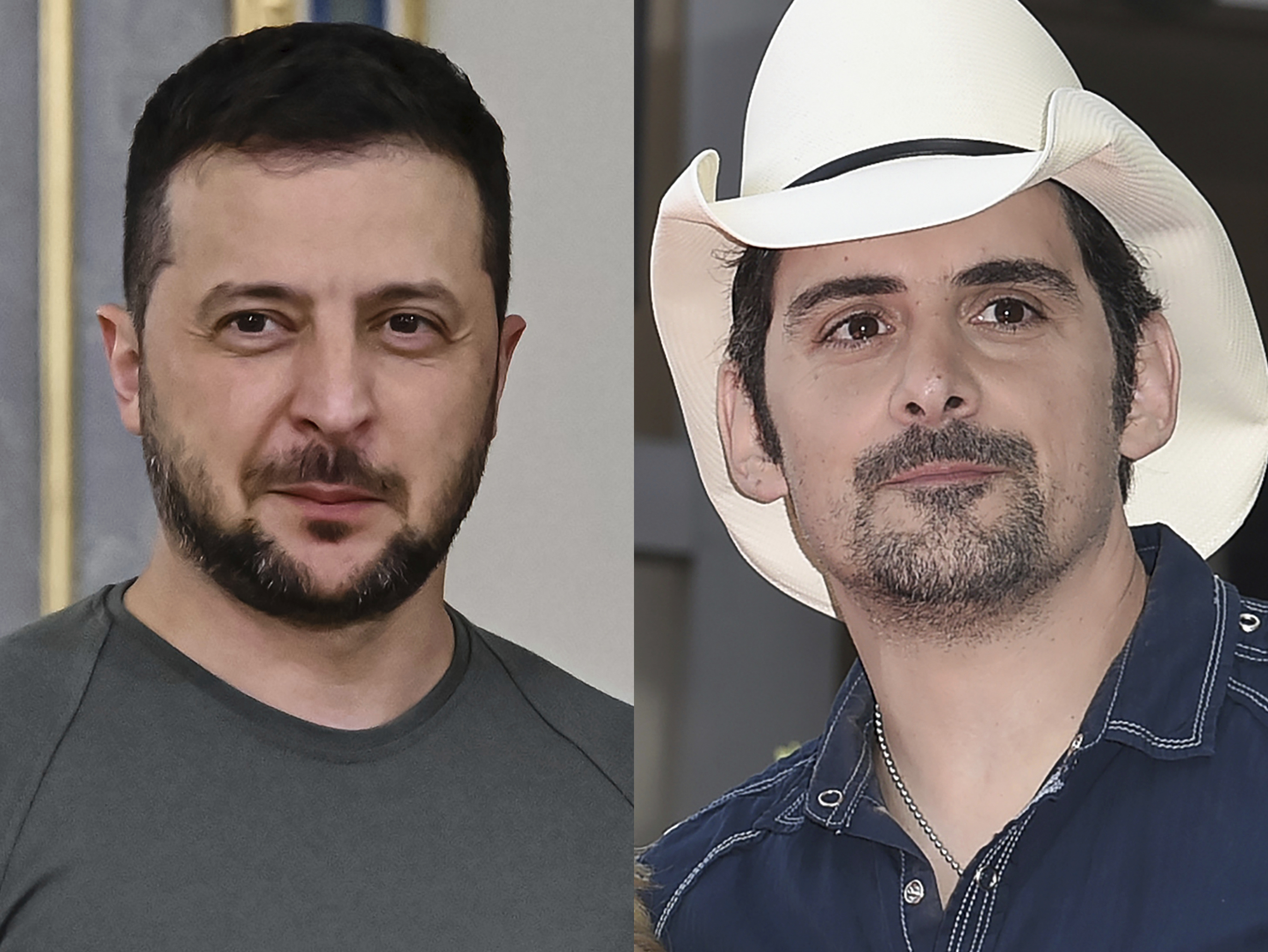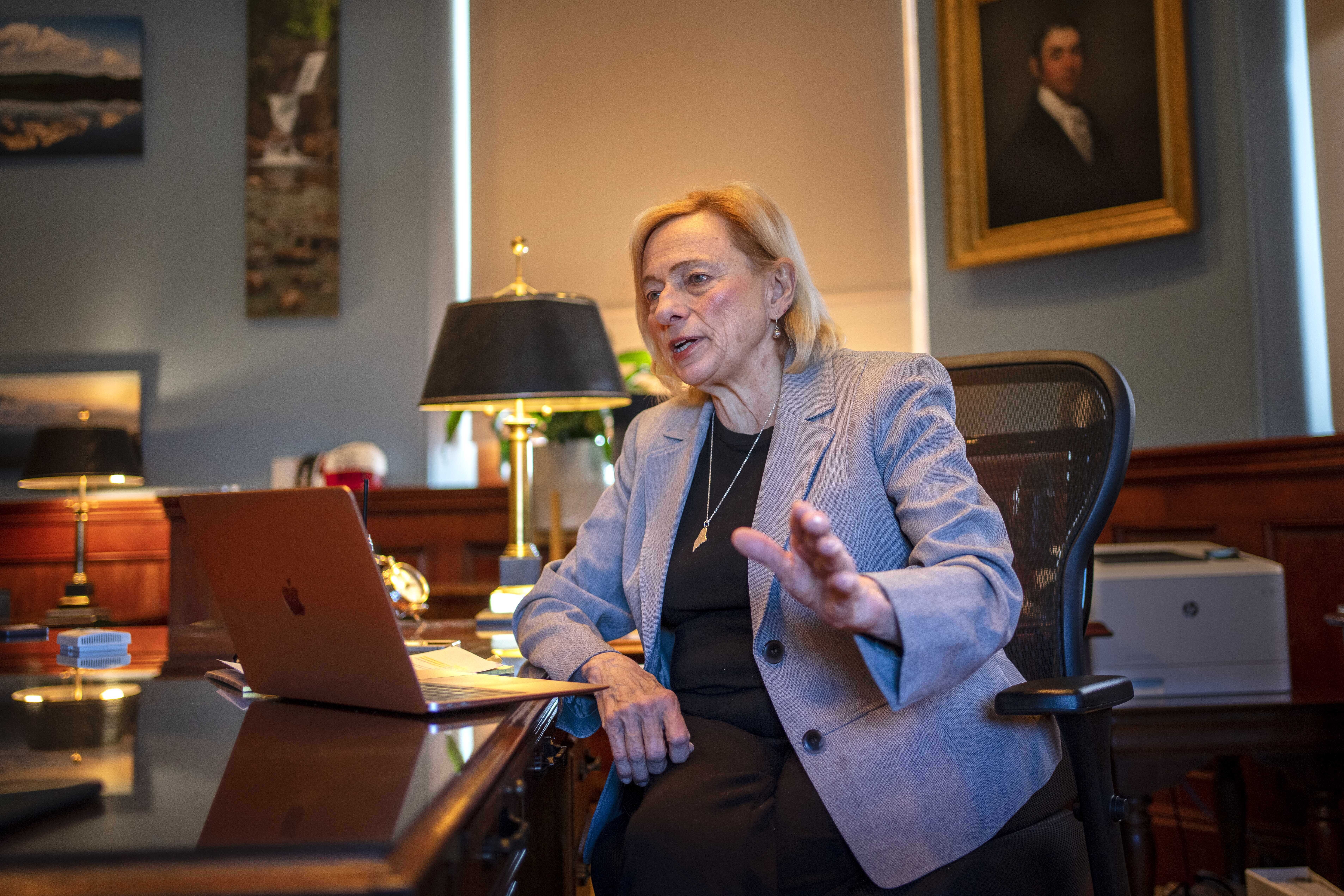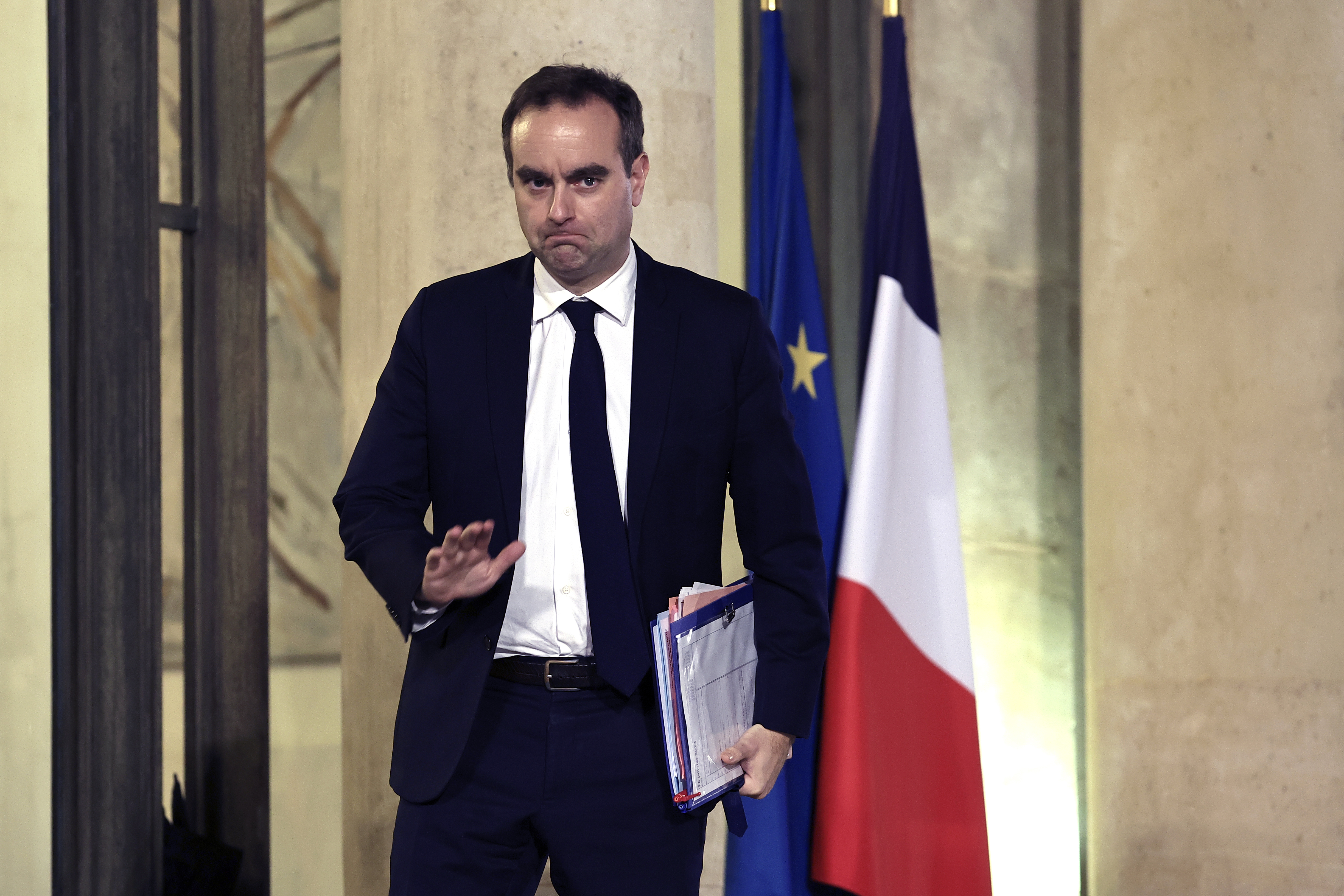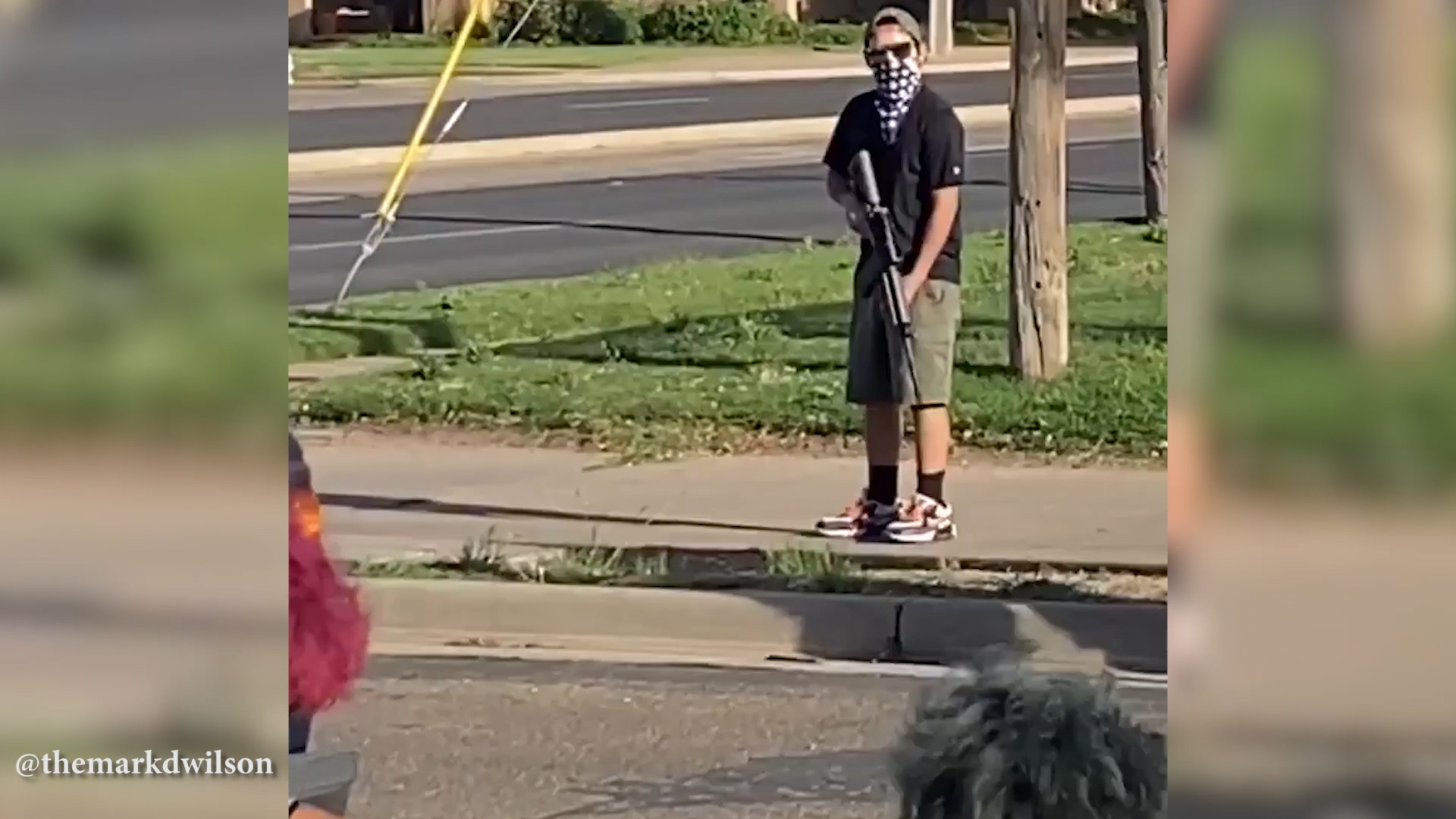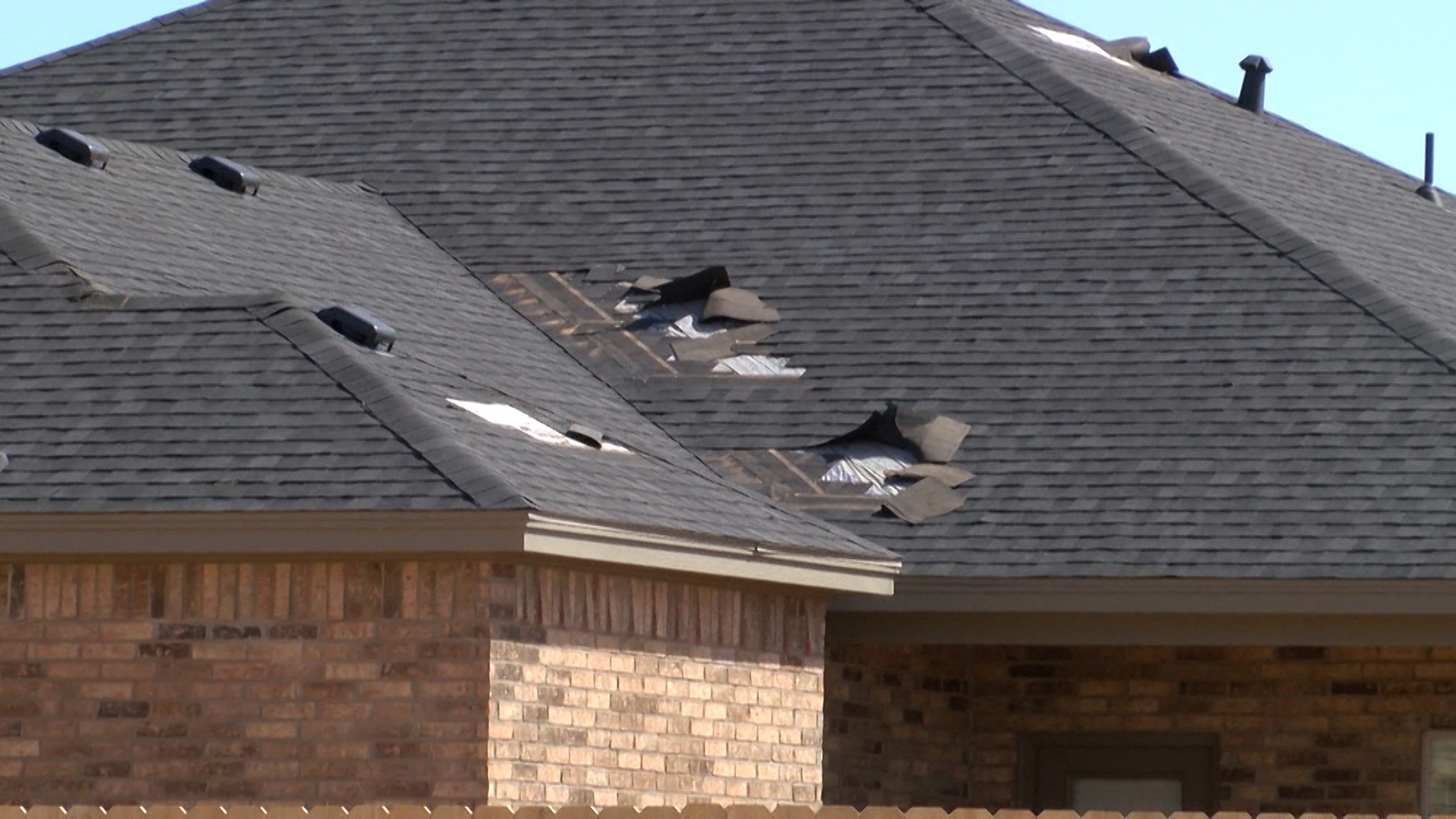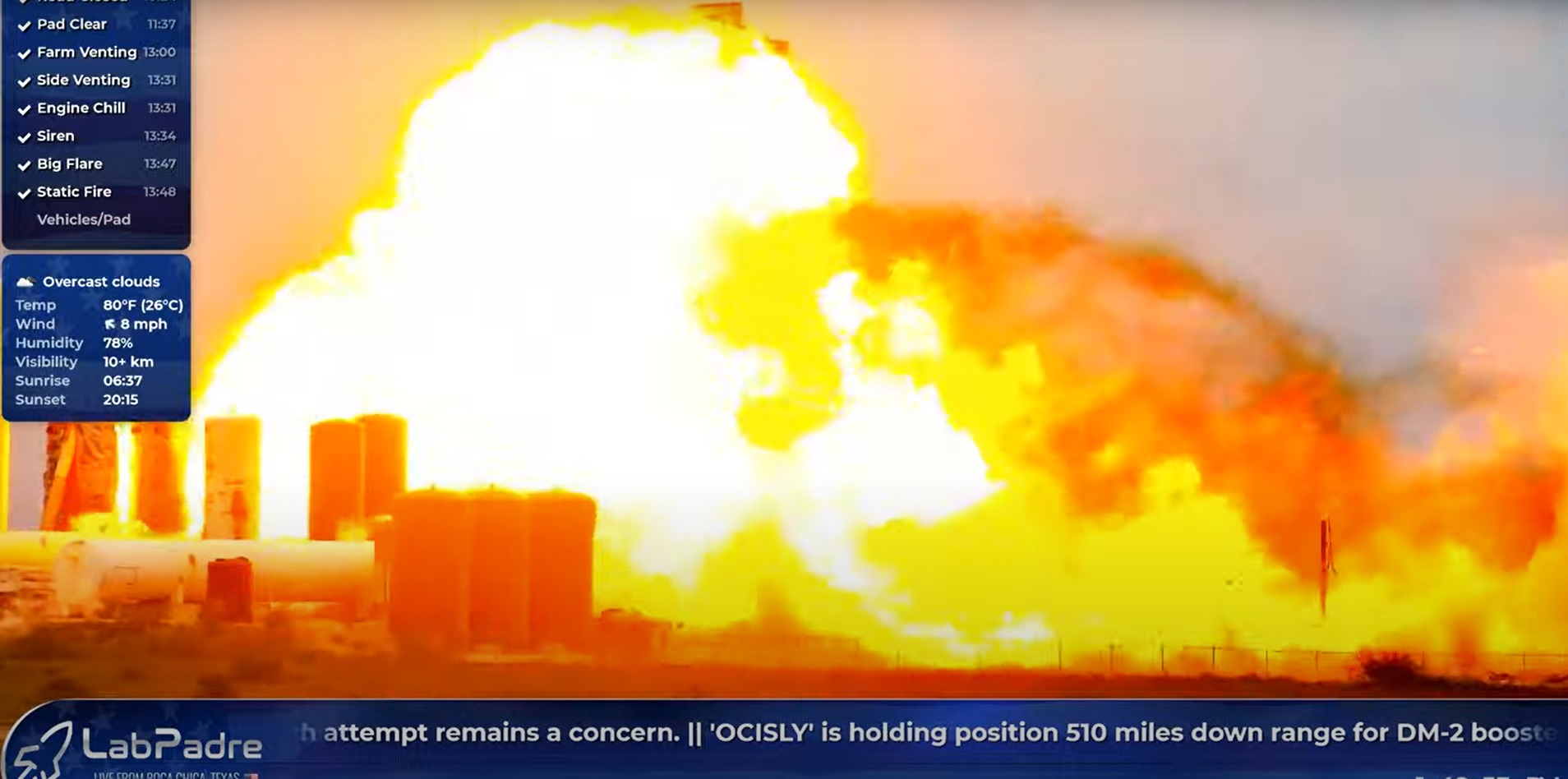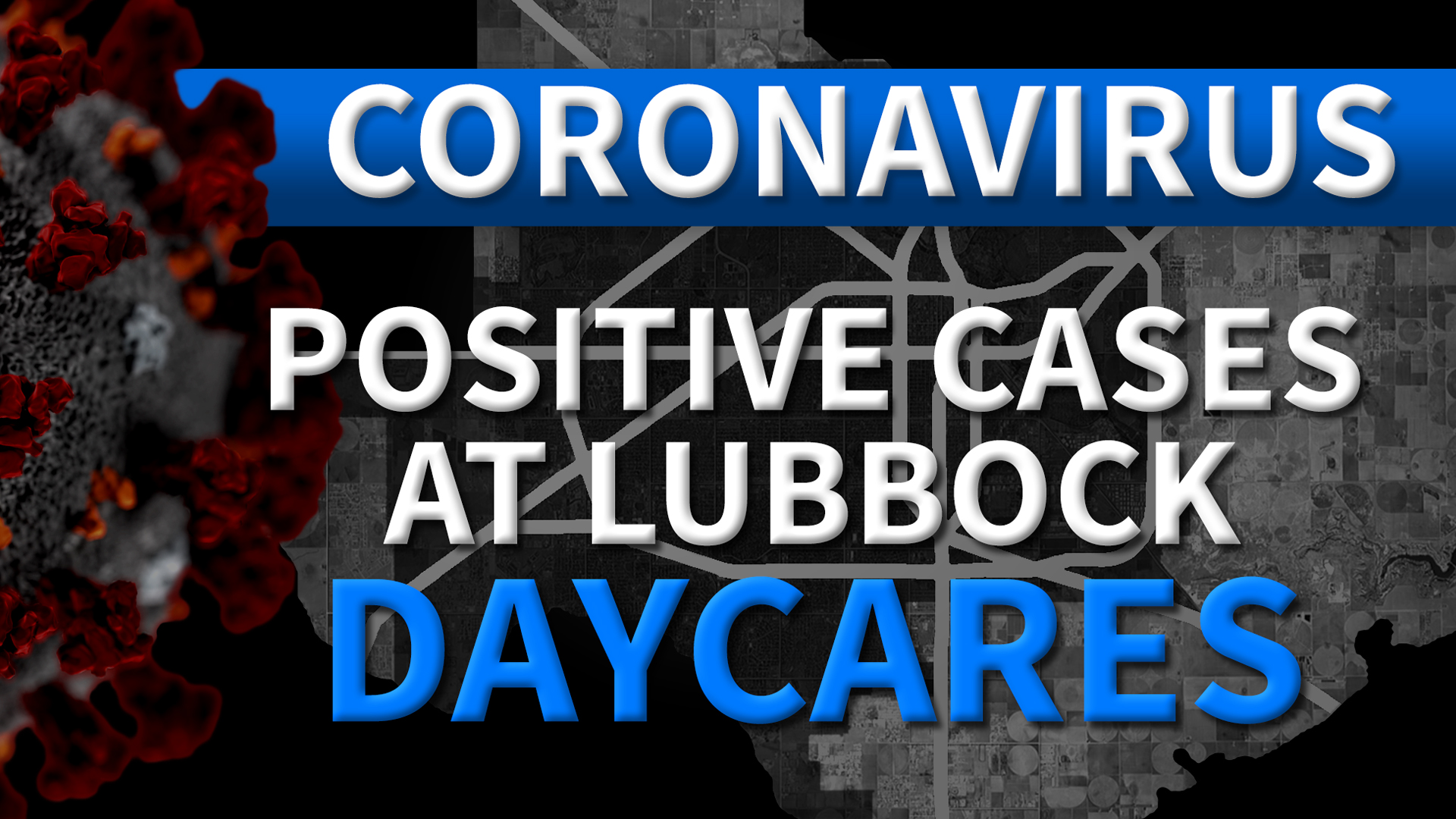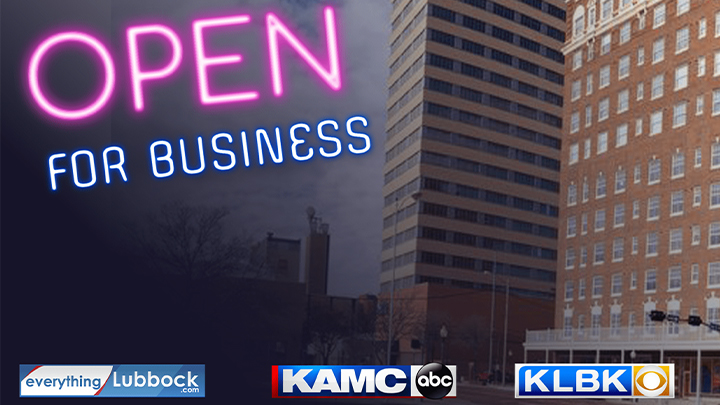As we enter the second week in the recovery phase of the COVID-19 pandemic, where do we stand? How fearful should we be of a second wave? And how close are we to a treatment and vaccine?
Dina Bair sat down Monday for an exclusive interview with Dr. Anthony Fauci of the National Institute of Allergy and Infectious Diseases, who has been leading the nation in the novel coronavirus outbreak.
You can find his answers to a wide range of questions below:
I feel like we have been surprised a lot but have learned a lot. What do you wish you knew from the beginning?
“Its extraordinary capability of spreading so efficiently from person to person, which is the reason why it’s so difficult to get those case numbers down. We now know that about 25 to up to 50 percent of people who get infected never get any symptoms. We did not know that in the beginning. We were thinking that if you got infected you got sick, and that was it. I would not be surprised that we do see some degree of genetically determined course of a disease, whether that’s blood type, genetic framework, anything you want to say, I think that’s going to be that way.”
Where do we stand with developing a vaccine?
“By the beginning of July we’re gonna go into Phase III trial for efficacy. That is overwhelmingly the fastest ever from the time any new infection was discovered to the time you actually went into a large vaccine trial. Instead of waiting to see if a vaccine works and then make the tens if not hundreds of millions of doses that you’d like to distribute, we’re gonna start making the doses now, assuming it’s going to work. And if it does, then we’ve saved several months. Hopefully, by the end of this calendar year or the beginning of 2021, hopefully we’ll have doses of vaccine to be able to distribute.”
What about potential mutation? When we think about flu vaccines that have to change every year with the mutating virus, are we seeing that with Sars-Cov-2?
“The history of coronaviruses indicate that they don’t have that kind of rapid change from season to season that the flu does, but we can’t count on that. We have to be careful and make sure that we keep an eye on that.”
Multiple treatments are in clinical trials as well. What is the latest with those, and how might they reduce the severity and duration of illness?
“We’re not there yet, but there is a single drug, the only drug that has actually gone through a randomized, placebo-controlled trial, which is the only definitively and unambiguously way to determine if something works or does not work, and that is Remdesivir. That’s being used as a steppingstone to use that drug in combination with other drugs to develop new targeted drugs, to look at repurposed drugs. And then there are a couple other approaches I think where I could say we are cautiously optimistic about, and that is getting convalescent plasma from someone who has recovered from infection and passively transferring that into someone who is sick or who you want to protect against getting infected. Then there is monoclonal antibodies where you engineer antibodies by cloning B cells and making very large quantities of antibody and passively infusing that. And then there are some drugs that block the aberrant inflammatory response that some people get, which is one of the reasons why they might deteriorate later in the course.”
In the absence of an effective therapy to treat COVID-19 or a vaccine to prevent it, could the virus itself be weakening? A study out of Italy offered some hope.
“There is not enough data right now to definitively say that it’s weakening in its pathogenesis. It could be because viruses do sometimes become less virulent as they progress more and more, but you can’t count on that. So, although there has been this anecdotal hint that that’s what is going on, I would reserve judgement before I said that it’s actually diminishing in its pathogenesis, as we say, or its virulence.”
If you’ve already had COVID-19, do you have a resistance against future infections?
“If you had an antibody titer that was measured by a test that was validated, I think you could make an assumption that you have at least some degree of protection against reinfection. How long? How strong? Not clear. But at least some.”
If you have that measure of protection, can you still be a carrier and infect other people?
“That is, again, unknown, but I think as long as there is active virus in you, you could transmit it.”
What about the people that are asymptomatic that are virus positive? There is a lot of concern they can spread this virus even though they feel fine.
“There are many good examples of outbreaks in which a very high percentage of people were asymptomatic, but they were clearly spreading the virus from one to another. So, there is very little doubt anymore that someone who is without symptoms can’t spread it. They definitely can.”
How have recent protests and gatherings affected the potential for a second outbreak?
“One of the things you worry about in a demonstration is that people get animated, they get agitated, they start to scream and shout. They take their mask off, and if you have one person screaming and shouting here and standing right next to them is another person screaming and shouting, neither of whom have a mask on, that’s a recipe for getting an upsurge in infections. So, now we have to tiptoe and carefully and prudently pay attention to the public health measures and try and get the country back to some form of normality at the same time that we don’t pull back so much that we have a re-explosion of cases. This virus spreads very efficiently, so if you are waiting for it to all of a sudden disappear on its own without you doing anything, I think you are going to have a long wait.”



